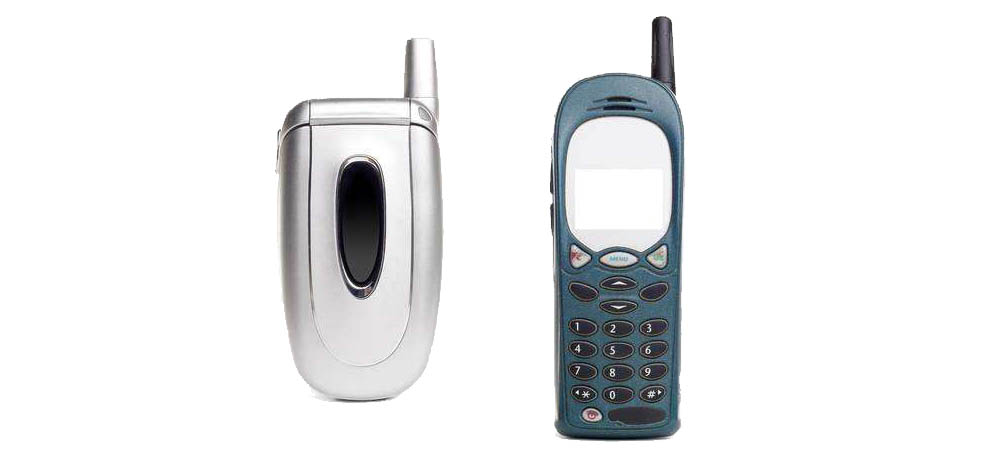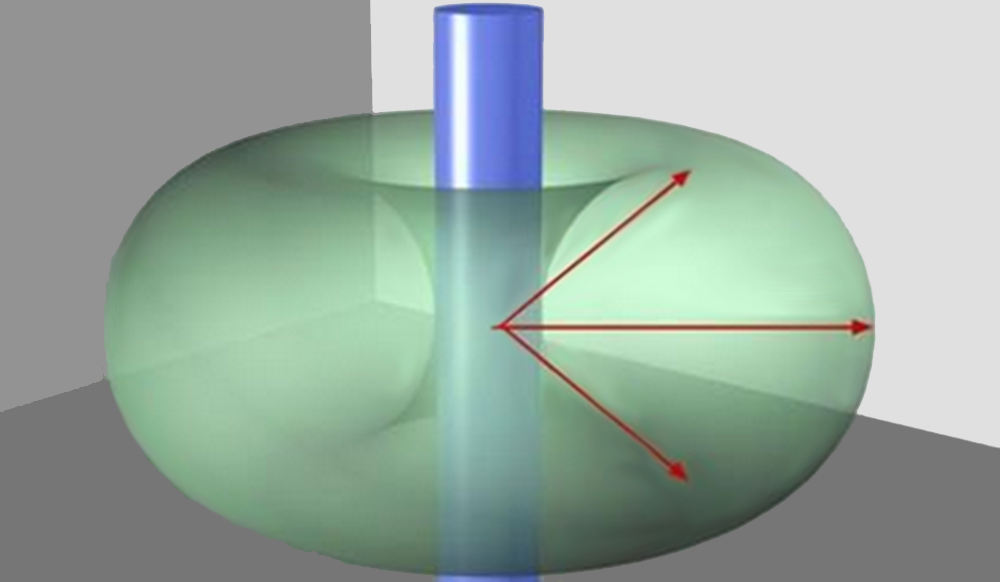|
The OP
Published on 2021-5-18 10:04
Only look at the author
This post is from RF/Wirelessly
| ||
|
|
||
- 【Posts】What are the consequences of not connecting high-power wireless data transmission equipment to an antenna?
- 【Posts】IoT wireless communication data transmission module: multi-host gateway working mode, understand it in one article
- 【Posts】CAN (Controller Area Network) bus batch data transmission based on SAEJ1939 wireless communication data transmission protocol
- 【Posts】After connecting to UPS, some devices do not work
- 【Posts】I would like to ask you, what are the conditions for radio waves to be generated and emitted from the antenna?
- 【Posts】Why do we need antennas to transmit radio waves? Wouldn't it be enough if the electrons in ordinary wires move like the electrons in the antenna?
- 【Posts】What is the impact of reverse power supply connection of op amp?
- 【Posts】[Analysis of the topic of the college electronic competition] - 2019 National Competition G "Wireless transceiver system for dual-channel voice simultaneous interpretation"
- 【Download】High Power Wireless Data Transceiver Installation and User Manual
- 【Download】ZWG-28B GPRS Wireless Data Transmission Equipment User Manual
- 【Download】ZWT-34A 3G wireless data transmission equipment
- 【Download】ZWG-23C Industrial-grade external GPRS wireless data transmission equipment DTU product user manual
- 【Download】The ultimate solution for wireless data transmission modules, with parameter setting software
- 【Download】485 wireless data transmission module
- 【Download】Design and implementation of wireless data transmission communication protocol
- 【Download】H7102U multi-channel micro-power embedded wireless data transmission module
- 【Design】Open source DIY: WiFi, 4G, 5G remote control drones/unmanned ships, image transmission/data transmission/remote control integration!
- 【Design】5.8G image transmission antenna
- 【Design】5.8G image transmission high gain antenna
- 【Design】USB switch, one device can be connected to two hosts
- 【Design】UsbSafe?: an open, programmable dongle for protecting USB devices from USB hosts and chargers
- 【Design】wireless backhaul
- 【Circuits】Complete set of car radio equipment audio power amplifier 01
- 【Circuits】Complete set of car radio equipment audio power amplifier 02
- 【Articles】Effect of flip chip substrate bonding materials on thermal characteristics of high-power LEDs
- 【Articles】Design of short-range wireless data transmission system based on microprocessor and RF transceiver chip
- 【Articles】Design of short-range wireless data transmission system based on microprocessor and RF transceiver chip
- 【Articles】Application of wireless data transmission module in remote environmental monitoring system
- 【Articles】Design of ultra-low power wireless data transmission system based on RF2.4 GHz
- 【Articles】Design of short-range wireless data transmission system based on STM32F103 and nRF24L01
-
What are the issues to pay attention to when using wireless data transmission modules?
123Whenaradiostationisdetected(thesoftwarewillpromptthatthedetectionissuccessful),youcanreadorchangeindividualparameters.4Aftersettingit,readitagaintoseeifthemoduleparametersarewhatyouwant.5
-
After connecting to UPS, some devices do not work
IhaveaUPSathomeEverythingisnormalwhenconnectedtothemains,butwhentheUPSispowered,thetwooxygenconcentratorsdonotwork,whilethelandscapelightsworknormallyThepoweroftheoxygenconcentratorisnotlarge,onlyabout6w.
-
Is there a common anode digital tube with the same package as ARK SR420361K?
Iwouldliketoasktheexperts,isthereacommonanodedigitaltubewiththesamepackageasARKSR420361K?Thankyou
- Bluetooth module parameters - transmit power, receive sensitivity, air rate, what equipment can be used to test these parameters more accurately...
- The headlight step-down chip already has a DIM enable terminal to control the on and off of the headlights, so why add a circuit to control the BAT+ supply...
- CH583 download encountered problems
- Implementation of high-speed line scan camera based on DSP
- What are the upgrades and improvements of Altium Designer 19 compared to AD18?
- Practical equivalent models of resistors, capacitors, and inductors
- E840-DTU Unboxing
EEWorld Datasheet Technical Support
-
"Cross-chip" quantum entanglement helps build more powerful quantum computing capabilities
IBM scientists have achieved "cross-chip" quantum entanglement - successfully entangled two "Eagl
-
Ultrasound patch can continuously and noninvasively monitor blood pressure
A research team at the University of California, San Diego, has developed an innovative wearable
-
Europe's three largest chip giants re-examine their supply chains
At the Electronica 2024 CEO Roundtable held just last week, the CEOs of three chip giants, Infine
- It is reported that Kioxia will be approved for listing as early as tomorrow, and its market value is expected to reach 750 billion yen
- The US government finalizes a $1.5 billion CHIPS Act subsidy to GlobalFoundries to support the latter's expansion of production capacity in the US
- SK Hynix announces mass production of the world's highest 321-layer 1Tb TLC 4D NAND flash memory, plans to ship it in the first half of 2025
- UWB is a new way to use it in cars. Can wireless BMS also use it?
- Filling the domestic gap! China Mobile, Huawei and others jointly released the first GSE DPU chip
- Samsung Electronics NRD-K Semiconductor R&D Complex to import ASML High NA EUV lithography equipment
- Apple reveals the secret of its own chip success: competitors can't use the latest cutting-edge technology
- Problems with STM32 and passive buzzer playing sound
- Embedded Tutorial_DSP Technology_DSP Experiment Box Operation Tutorial: 2-28 Building a Lightweight WEB Server Experiment
- OPA847IDBVR op amp domestic replacement
- AG32VF407 Test UART
- [Digi-Key Follow Me Issue 2] Chapter 1: Sharing on receiving the goods
- What model is this infrared receiver? Which model can be used instead? Thank you
- Selling brand new unopened ZYNQ 7Z020 FPGA core board
- The LORA module used in the lithium battery-powered water meter setting can save energy when 100 water meters are installed in one corridor.
- I would like to ask, when a port is set to RX0, is it necessary to set the input and output direction of this port?
- Why is this year so difficult? It’s even more difficult than during the pandemic. I’m 30 and facing unemployment. I’m so confused.
- Ask about the voltage regulator test question
- [Xiaohua HC32F448 Review] About Xiaohua Semiconductor's UART interrupt sending and PRINTF construction and redirection
- 【BIGTREETECH PI development board】 HDMI output test
- 【BIGTREETECH PI development board】+08. Audio test (zmj)
- [Xiaohua HC32F448 Review] +RTC electronic clock






 提升卡
提升卡 变色卡
变色卡 千斤顶
千斤顶